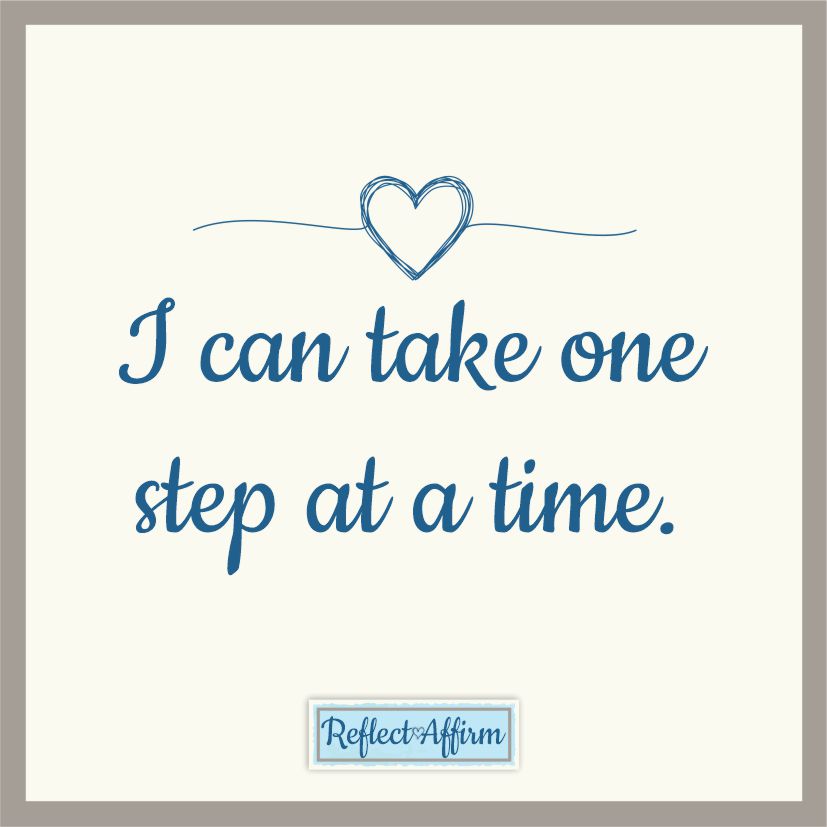
You’ve tried affirmations, but they just don’t seem to work. Sound familiar? You’re not alone, and there’s a reason why. Truth is, we’ve all heard about the power of positive thinking. Repeat a mantra often enough, and your life will change. Right?
Wrong.
Here’s the truth: most people are doing affirmations all wrong. They’re setting themselves up for failure before they even begin. But don’t worry, there’s a way to fix it.
The Missing Ingredient
The secret ingredient to making affirmations stick isn’t repetition or willpower – it’s emotion.
Think about it. When was the last time you truly believed something just because you said it out loud? Probably never. That’s because words alone don’t change beliefs. Feelings do. You can say “I am confident” 100 times a day, but if deep down you feel insecure, you’re sending mixed signals to your brain and that’s where most people get it wrong.

The Neuroscience of Belief
Your brain doesn’t distinguish between real and imagined experiences. When you vividly imagine something, your brain reacts as if it’s actually happening. This is why visualization is so powerful in sports psychology.
But here’s the kicker: it’s not the visual part that matters most. It’s the feeling. Emotion is the glue that makes affirmations stick.
When you pair an affirmation with a strong, positive emotion, you’re essentially rewiring your brain. You’re creating new neural pathways that associate the affirmation with a feel-good state.
Here’s how to do it:
- Choose your affirmation
- Close your eyes and take a deep breath
- Say your affirmation out loud
- As you say it, vividly imagine how you’d feel if it were true
- Really let yourself experience that emotion
The key is to make it as real and vivid as possible. Don’t just say, “I am confident.” Imagine yourself walking into a room, head held high, feeling absolutely sure of yourself. Feel the warmth in your chest, the slight smile on your face, the relaxed set of your shoulders.
The Ladder Technique
Here’s where most people go wrong: they choose affirmations that feel like lies.
If you’re struggling with self-esteem, saying “I’m the most beautiful person in the world” probably feels false. And when something feels false, your brain rejects it.
The solution? Start where you are using the ladder technique
Instead of jumping straight to the top, climb the ladder of belief:
- Start with an affirmation you can believe right now. “I’m working on feeling more confident.”
- As that starts to feel true, step it up a notch. “I’m becoming more confident every day.”
- Keep climbing. “I feel confident in many situations.”
- Eventually, you’ll reach: “I am a confident person.”
Each step should feel slightly challenging but not impossible. And remember, pair each one with that crucial emotional component.
The Power of Questions
Sometimes, even the ladder technique feels tough. That’s where questions come in.
Instead of stating an affirmation, ask yourself a question:
- “Why am I becoming more confident?”
- “How would it feel to be truly confident?”
- “What would change in my life if I believed in myself?”
Questions bypass your brain’s natural resistance. They engage your mind, sparking curiosity and opening new possibilities.
The Consistency Key
Like any skill, making affirmations stick takes practice. Consistency is crucial.
Set a reminder on your phone. Do your affirmation practice first thing in the morning or right before bed. Link it to an existing habit, like brushing your teeth.
Affirmations are like seeds. You don’t plant them once and expect a full-grown tree the next day. You water them daily, give them sunlight, and slowly watch them grow. In the same way, you need to nurture your affirmations with consistent practice.
The more you do it, the more natural it becomes. And the more natural it becomes, the more powerful the results.

Beyond Words: Embodying Your Affirmations
Words are just the beginning. To really make affirmations stick, you need to live them.
Ask yourself: “If this affirmation were true, how would I act? How would I carry myself? What decisions would I make?”
Then, start acting that way. Even if it feels uncomfortable at first. Remember, your brain learns through experience. The more you embody your affirmations, the more real they become.
Practical Tips for Making Affirmations Work:
- Start Small – Don’t overwhelm yourself with 10 affirmations a day. Pick one or two that resonate deeply with you.
- Write It Down – There’s something powerful about writing your affirmations. It reinforces them in your mind.
- Say Them with Feeling – As mentioned earlier, it’s not just about saying the words. Feel them.
- Be Consistent – Make it a daily practice, even if it’s just for a few minutes.
- Keep Them Positive – Avoid negative language like “I am not,” and instead focus on what you are.
- Pair with Action – Affirmations are just the beginning. Combine them with aligned actions to see real results.
The Ripple Effect
As your affirmations start to stick, you’ll notice changes. Small at first, then bigger.
You might stand a little taller. Speak up more in meetings. Take on challenges you would have avoided before.
These changes create a positive feedback loop. The more you act in alignment with your affirmations, the more evidence you gather that they’re true. And the more true they feel, the more power they have to shape your reality.
Your Affirmation Revolution Starts Now
If you’ve tried affirmations in the past and felt like they didn’t work, now is the time to give them another shot. But this time, do it with intention. Affirmations aren’t magic words. They’re tools. Powerful tools, when used correctly. And now you know the secret to making them work.
Start small. Be consistent. Engage your emotions. Don’t just say the words – feel them, believe in them, and take action on them. And watch as your words begin to reshape your world.




